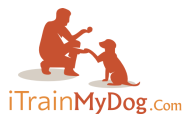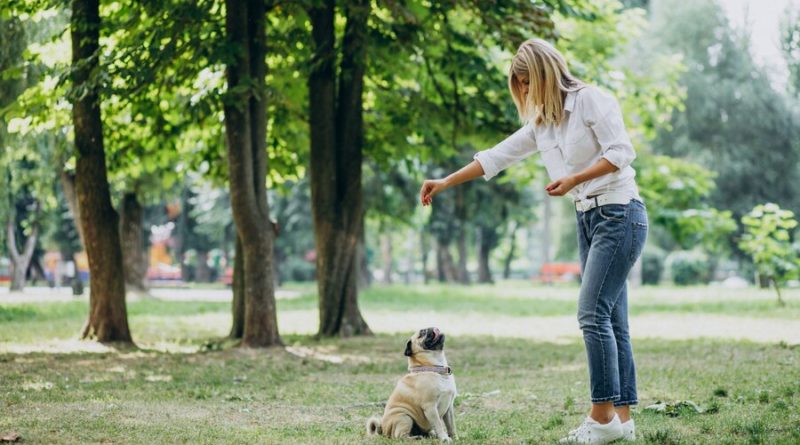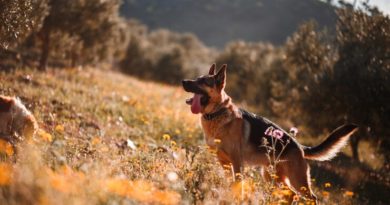How to teach your dog basic obedience commands
Teaching your dog basic obedience commands is an important part of responsible dog ownership.
Not only can it help to prevent behavioral problems, but it can also improve the bond between you and your dog and make them a pleasure to be around.
Here are some tips for teaching your dog basic obedience commands:
Start early
It’s best to start training your dog as early as possible. Puppies have a natural curiosity and are quick learners, so it’s the perfect time to introduce them to basic obedience commands.
- Start with simple commands like “sit” and “stay” and gradually build up to more complex commands like “heel Command” and Come command.
Use positive reinforcement
Positive reinforcement training is a method of rewarding your dog for desired behaviors, such as sitting or staying, and ignoring or redirecting undesired behaviors.
This can include giving your dog treats, praise, or other rewards when they obey a command.
The key is to reinforce the behavior that you want your dog to repeat, rather than punishing them for behaviors that you don’t want.
Keep training sessions short and fun
Dogs have a short attention span, so it’s important to keep training sessions short and fun. This will help to keep your dog engaged and motivated to learn. Try to vary the activities and rewards during training to keep your dog interested and excited.
Be consistent
Consistency is key when it comes to dog training. Use the same words and hand signals for each command and make sure that everyone in your household is using the same commands and training methods. This will help to avoid confusion and ensure that your dog knows what is expected of them.
Practice regularly
Regular practice is important for reinforcing the obedience commands that you have taught your dog. Try to incorporate training into your daily routine, such as during walks or playtime, to help your dog remember and maintain their obedience skills.
In conclusion, teaching your dog basic obedience commands can be a rewarding and enjoyable experience for both you and your dog.
By using positive reinforcement, keeping training sessions short and fun, being consistent, and practicing regularly, you can help your dog to learn and master these important skills.




